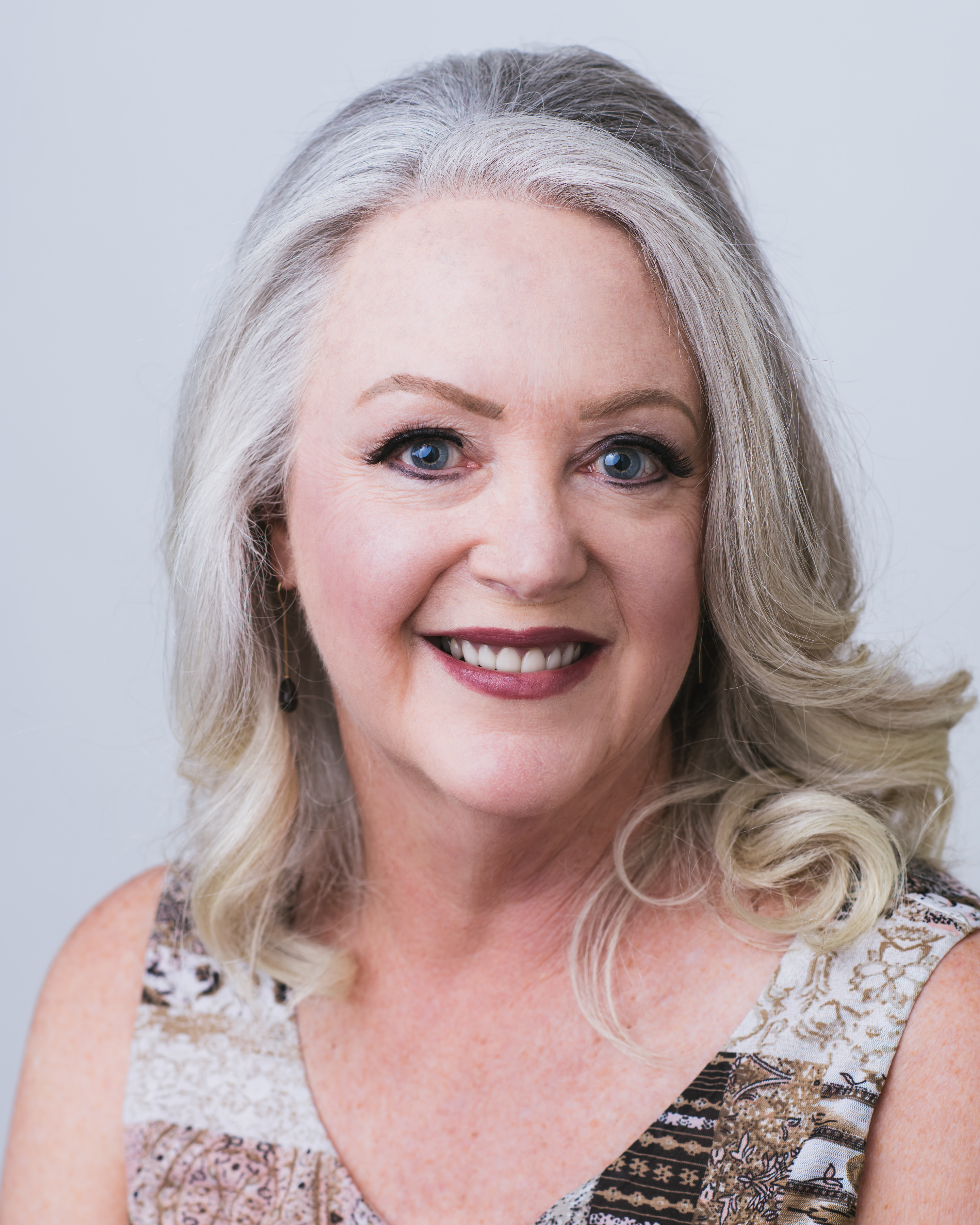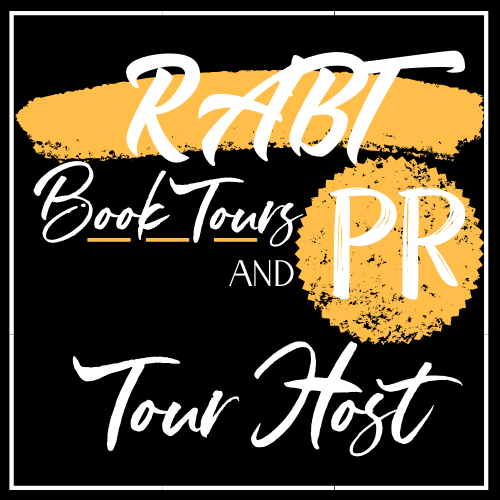Coming of Age/ Fiction/ Historical Fiction
Date Published: December 10, 2024 (Paperback) / March 11, 2025 (Audiobook)
Publisher: She Writes Press/Tantor Media
Narrator: Aoife McMahon
Run Time: 9 hours and 39 minutes

From multi-award-winning historical fiction author Ashley E. Sweeney
comes a family saga about the Irish immigrant experience spanning New York,
Chicago, and Colorado so compelling that, USA Today best-selling author Kelli
Estes says, “I read this story in one sitting.”
Thirteen-year-old Mary Agnes Coyne, forced from her home in rural Ireland in
1886 after being accused of incest, endures a treacherous voyage across the
Atlantic alone to an unknown life in America. From the tenements of New York
to the rough alleys of Chicago, Mary Agnes suffers the bitter taste of
prejudice for the crime of being poor and Irish.
After moving west to Colorado, Mary Agnes again faces hardships and grapples
with heritage, religion, and matters of the heart. Will she ever find a home
to call her own? Where?
Interview
Is There a Message in Your Novel That You Want Readers to Grasp?
Resilience! Imagine being a 13-year-old girl sent alone to America in the late 19th century with only one outfit, a few pounds in her handbag, and a letter to a parish priest in hand. When I was 13, I wondered if Todd Ruppel liked me or if I would make the field hockey team or what grade I would get on my social studies project or how I would be able to perfect Moonlight Sonata for my piano recital.
All of these caused me stress, but nothing like my great-grandmother Mary Agnes Coyne went through. Between the ages of 13 and 19, Mary Agnes was hired out to work, faced poverty, endured hardship after hardship, married, and lost a baby, all while travelling thousands of miles in search of “home.”
If nothing else—she’s also spunky and warm and funny and hopeful—Mary Agnes is resilient. I often hear from readers that if my protagonists can weather something—neglect, derision, misogyny, abuse—they can, too.
Is there anything you find particularly challenging in your writing?
Dialogue is especially challenging, although it’s become easier over time. As a journalist in my earlier career, I was tasked to quote others. As a historical fiction writer, I am charged with taking the bones of history and putting flesh on it, and that includes creating dialogue true to each character.
Early in my writing career, I took a week-long master class with playwright Theresa Rebeck to learn tricks of dialogue as a vehicle to impart knowledge as well as conversation, and I’ve had to learn the tricks of writing fictional dialogue. The experience was invaluable.
For example, you would never read the following in an opening chapter:
“Hello,” said Amanda. She took off her coat and hung in on a hook by the door.
“Hello,” answered Rob, from somewhere in the house, probably the kitchen, from the smells emanating from that direction.
“How are you today?” Amanda calls, raising her voice.
“I’m fine,” Rob says, as he comes out of kitchen, wiping his hands on his apron. “How are you?”
“I’m fine, too. What happened at court today?”
“You know. ‘The trial of the century.’”
“So, how did it go?”
“I’ll tell you later.” He hugs her and turns back to the kitchen.
Rather, a novelist would lead with:
“So, is she guilty or not?” Amanda slams the door behind her and throws her coat over the banister. She inhales. Rob must be making chili.
“Guilty as fuck,” he answers, wiping his hands on his apron and barreling toward her for a hug.
How many books have you written and which is your favorite?
The Irish Girl is my fourth novel, following Eliza Waite (2016), Answer Creek (2020), and Hardland (2022). Like with any of my four children, all of them are my favorites in different ways.
If you had the chance to cast your main character from Hollywood today, who would you pick and why?
Saoirse Ronan (Brooklyn, Lady Bird) would make a great Eliza Waite, the protagonist of my first novel. She’s attractive without being a knockout. Eliza is at once an ugly duckling who turns into a swan, and I believe Ronan has the ability to portray this internally as well as externally.
For Answer Creek, Maya Hawke (True Grit) for the role of Ada Weeks. The Donner Party story, often told from a sensationalist point of view, is at its heart a story of humanity at its breaking point. Hawke has the screen presence to pull off Ada’s journey.
If Hollywood could clone Helena Bonham Carter, or make her 35, she would make the perfect Ruby Fortune of Hardland, as she’s spunky, unapologetic, and comfortable in her own skin.
Mary Agnes Coyne, the protagonist of The Irish Girl, is aged 13 to 19 in the novel; I’m hard-pressed to know an actress that young who could pull off the role, although I know she’s out there, and I’d love to meet her!
When did you begin writing?
My whole life has been immersed in words. From the time I could read at age 5, I have never been without a book or two or three. When I was 12, I told my 6th grade teacher I would write a novel, and although it took a number of decades, and a starter novel that was never published, I’m pleased to report that my wish has come true, four times over now and counting.
How long did it take to complete your first book?
Either 47 years or eight years, depending! I did make a stab at writing a novel when I was 12, and again when I was 48, but it wasn’t until 2016 that I published my first novel, Eliza Waite, after an eight-year stint writing it. And after 47 rejections, the novel went on to win the Nancy Pearl Book Award.
Did you have an author who inspired you to become a writer?
As a child, I devoured the Laura Ingalls Wilder novels. I must have read the eight-book series more than half a dozen times! Wilder introduced me to historical fiction and gave me a taste of—and love for—the American West.
When I graduated from college, I moved to Oregon for a one-year position as a VISTA volunteer, and I never left the West Coast, living in both California and Washington over the past 45 years.
Since that time, I have been influenced by a number of woman writers associated with the West: Barbara Kingsolver, Annie Dillard, Susan Lang, Molly Gloss, Annie Proulx.
What is your favorite part of the writing process?
Sitting at my desk and conjuring scenes. I use a unique method to write scenes, which includes closing my eyes and “watching” my characters interact, as if I’m seeing them cinematographically. Then I start typing.
Describe your latest book in 4 words.
Historic, haunting, heartbreaking, hopeful.
Can you share a little bit about your current work or what is in the future for your writing?
I’m more than halfway on my work in progress, a novel set in 1930s Tucson at an elite boarding school for girls. Tentatively titled, The Desert School for Girls, and narrated by three 17-year-old protagonists, the novel hinges on a lie that sets in motion a set of events that alters the lives of all three girls. I plan to finish by the end of the year and then will seek representation. It’ll be a great book club novel.
About the Author

A native New Yorker, Ashley E. Sweeney is the multi-award-winning author of
four novels, The Irish Girl, Hardland, Answer Creek: A Novel of The Donner
Party, and Eliza Waite. She graduated from Wheaton College in Norton, Mass.
with a degree in American Literature and American History and spent her career
as a journalist and educator before turning to writing full-time. When she is
not chained to her writing desk, Sweeney is an avid gardener, art quilter, and
mosaic artist. She lives in the Pacific Northwest and Tucson.
Contact Links
Website
Facebook
Goodreads
Instagram
Purchase Links
Tantor Media
Amazon





1 Comments
Thank you!
ReplyDelete